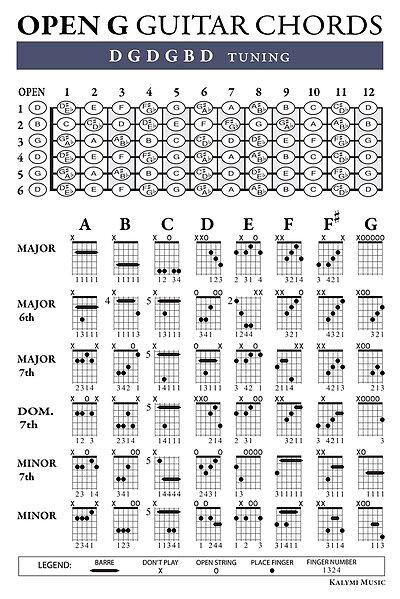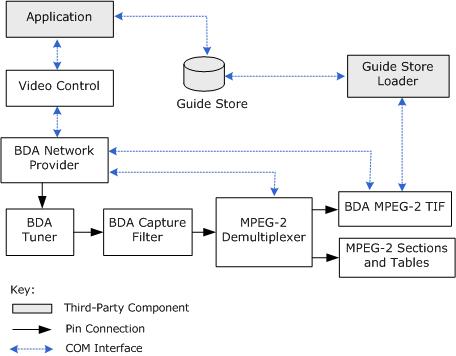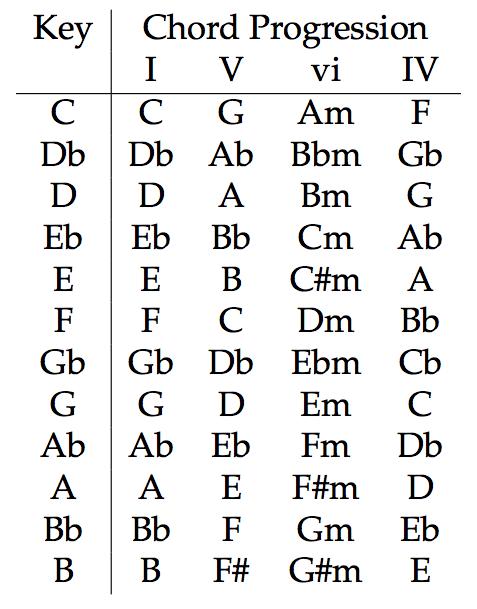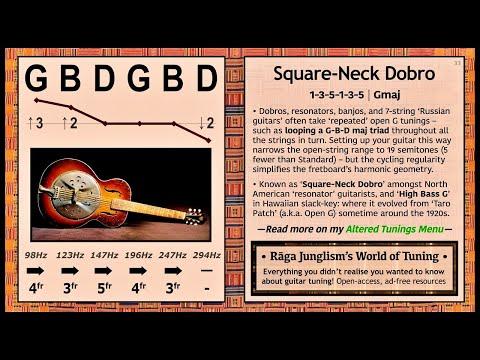Introduction to Open G Dobro Tuning
It was during a still evening, my fingertips dancing over the cool metal strings of a resonator guitar, that I first encountered the transformative power of open G Dobro tuning. That moment ignited a journey into lush soundscapes that revolutionized my fingerstyle technique and reshaped my approach to the resonator guitar. If you’ve ever been captivated by the rich, resonant tones that only this tuning can unveil, you’re already on a path to mastering an art that blends tradition with sheer creativity. But why does this seemingly simple shift hold such allure, and how can it redefine your playing?
Why Use Open G Tuning?

What if changing your tuning could unlock a world of creativity in your playing? As a performer deeply immersed in improvisation, particularly within the realms of blues and folk music, I’ve found that open G tuning is a true game-changer. This tuning liberates the fretboard, offering a fresh palette for expression that can’t be achieved in standard tuning. Open G accentuates the resonant qualities of the Dobro, enriching each note with a depth that compels both player and listener.
For me, discovering open G was like being handed a key to a new musical universe. Suddenly, familiar passages took on new life, and the freedom to experiment with slide techniques and intricate chord voicings felt almost limitless. The tuning’s innate versatility encourages spontaneity, and it’s this creative flexibility that fundamentally transformed how I approach music. In open G, my Dobro became an entirely new voice, ready to speak in ways I hadn’t imagined possible.
How to Tune Your Dobro to Open G
Step-by-Step Tuning Process

Have you ever found yourself struggling to keep your guitar in tune during a performance? It’s a frustration I’ve encountered too many times. Over my years as a performer, I’ve learned the crucial role a stable tuning process plays in mastering an instrument like the dobro, particularly when tuning to open G. This versatile tuning allows for resonant chords and melodic slide playing, but achieving perfect pitch is pivotal. The step-by-step tuning process I employ hinges on carefully lowering specific strings to the perfect pitch—lower the sixth string down to D, the fifth to G, and the fourth to D. Keeping a tuner handy ensures accuracy, as small discrepancies can disturb your harmony. By taking the time to meticulously follow this tuning method, you set a stable foundation for your playing, allowing the dobro’s rich tonal qualities to shine. In the following sections, I’ll share some common pitfalls in this process and how to overcome them.
Common Mistakes to Avoid

What are the hidden pitfalls in tuning that even experienced players often overlook? Over the years, I’ve honed my tuning techniques on the Dobro guitar and stumbled upon several common mistakes that can derail even the most skilled players. One frequent misstep is neglecting to check string tension consistency before retuning, which can lead to uneven sound quality. Another is becoming complacent with tuning by ear, especially in noisy environments where it’s easy to misjudge pitches. It’s crucial to regularly use a tuner for *precise accuracy*. Additionally, *over-tightening* strings leads to unnecessary wear and potential breakage, threatening both performance integrity and instrument longevity. Recognizing these errors has been pivotal in my mastery of Open G tuning, ensuring I achieve that *perfect resonant sound* every time.
Techniques for Playing in Open G
Basic Slide Techniques

Could a simple slide change the way you express yourself through music? As someone who has spent decades refining slide techniques on the Dobro, I can assure you that the slide is a transformative tool that unlocks a new dimension of musical expression. When you play in Open G tuning, the opportunities for *melodic innovation* are abundant. Using a slide in this tuning not only allows for seamless transitions between notes but also introduces a *rich, resonant texture* that standard fingerpicking simply can’t match.
Open G tuning creates a natural *harmonic landscape* that invites experimentation. The slide guitar’s ability to stretch and bend between notes gives your sound a *soulful depth,* drawing from blues, roots, and beyond. Proper technique—like maintaining the right pressure and mastering *smooth, controlled motion*—is crucial for harnessing the potential of the slide.
Integrating these techniques into your playing will not only enhance your *musical vocabulary* but will also add a unique voice to your Dobro performance, setting the stage for exploring advanced concepts such as chord progressions in Open G. Embrace the slide, and watch as it redefines your connection to music.
Chord Progressions in Open G

What if mastering just a few chord progressions could transform your playing entirely? Unlocking the potential of open G tuning on the Dobro involves more than just hitting the right notes; it’s about using chord progressions to create music that resonates with emotion and depth. With my extensive background, I’ve developed captivating chord progressions that bring an unmistakable vitality to open G. By understanding these progressions, you can harness their unique tonal qualities to enrich your playing style.
In open G, chord progressions often highlight the tuning’s intrinsic harmonic richness. Think of it like a musical palette full of colors, waiting to be explored. Using Dobro chord charts, I guide you through progressions that emphasize the tuning’s signature sound, offering a bridge between traditional and innovative techniques. Embracing these chord progressions not only enhances your technique but also invites you to create authentic, expressive music effortlessly. It’s an essential skill within this tuning, solidifying its place in your musical toolkit. As we continue, we’ll build on these fundamentals with more advanced techniques and resources.
Resources for Learning Open G Dobro Tuning

When I first started exploring the mesmerizing landscape of Open G Dobro tuning, it struck me that the journey was as much about the resources I could access as it was about the practice itself. This tuning, rich in bluesy tones and resonating depth, invites players to dive deeper into its potential. Where can you find the best resources to elevate your Dobro skills? This question not only marked the beginning of my quest but also led me to curate an extensive array of materials through my work with Peghead Nation. From video lessons tailored for beginners to advanced techniques crafted for seasoned players, this collection has been meticulously assembled to guide every step of your journey. Playing the Dobro using Open G tuning is a unique adventure, and having the right tools can transform your experience from merely playing notes to expressing profound musical stories. Whether you’re a novice seeking foundational grounding or a veteran hoping to refine your technique, I’ve ensured these resources are designed to inspire and elevate your playing.
FAQs
What is Open G Dobro Tuning?
How do you tune a Dobro to Open G?
What are some techniques for playing in Open G tuning?
What tips can help improve my Dobro playing in Open G?
Conclusion
Are you ready to embark on your own musical journey through the world of open G Dobro tuning? Embracing this tuning transforms the Dobro guitar into a versatile and expressive instrument. By exploring techniques like slide playing and unique chord progressions, you unlock new creative possibilities. Throughout my journey with the Dobro, I’ve discovered that true mastery of open G tuning not only enriches your musical expression but also inspires countless other musical adventures. Whether you’re a beginner or advanced player, these insights will guide you in overcoming common mistakes and deepening your understanding of the Dobro’s potential.

Teja Gerken, a fingerstyle guitarist with a unique blend of folk, classical, jazz, and world music, has made significant contributions to the guitar world. Known for albums like ‘On My Way’ and ‘Postcards’, and as a co-founder of Peghead Nation, he brings his expertise from intimate venues to global stages. At Fretterverse, Gerken offers deep insights into diverse fingerstyle techniques and musical fusion.
